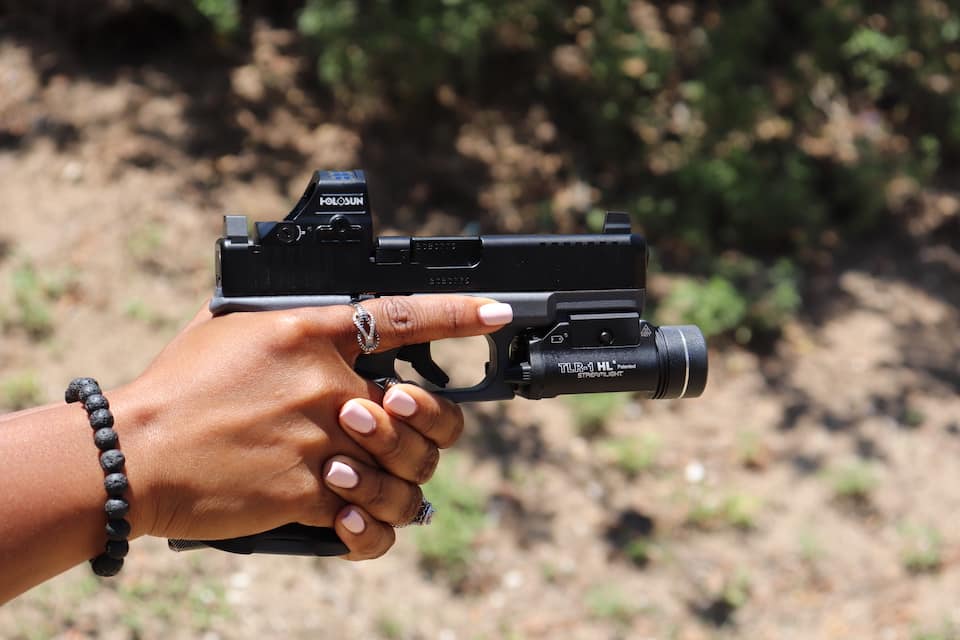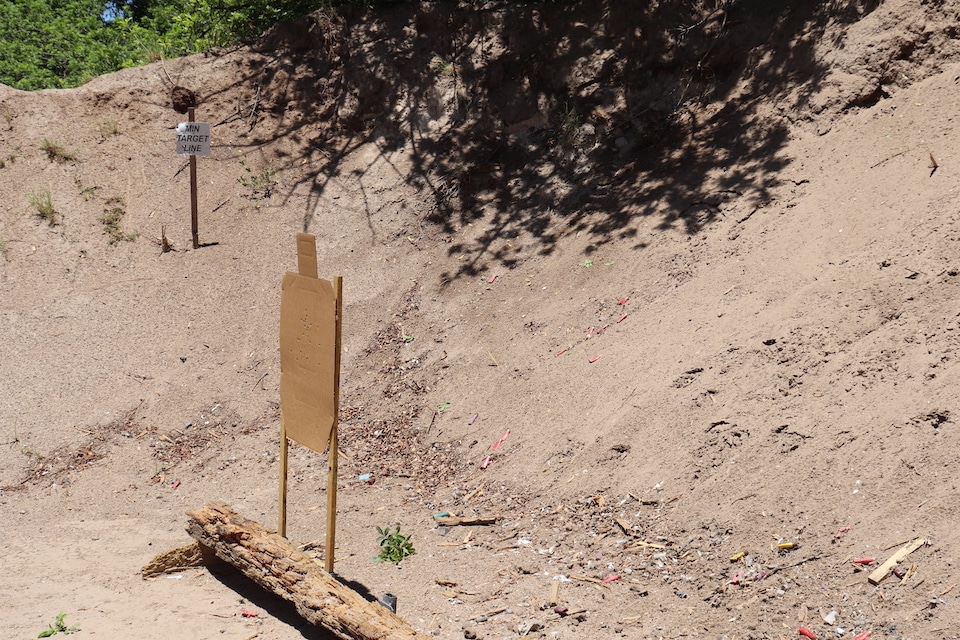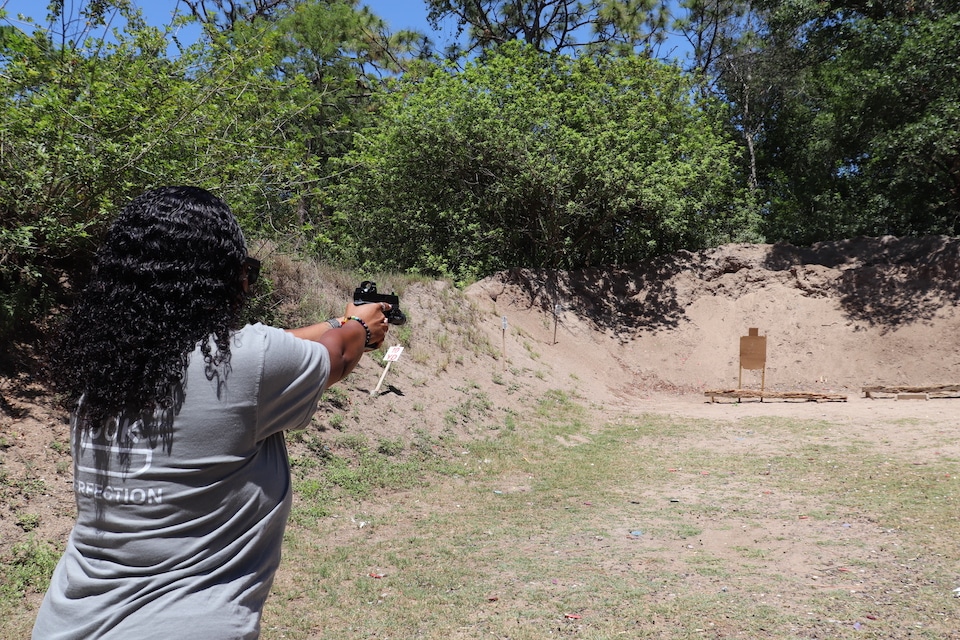Women’s Outdoor News and Avery Skipalis bring you a video on firearm safety. Following the four rules of firearm safety is every gun owner’s responsibility and should be exercised 24 hours a day, seven days a week, 365 days a year. Join our movement to increase the public’s awareness of how to halt firearm accidents. We encourage you to share this with someone; there’s no such thing as being too safe.
Sponsored by GLOCK
Although June is National Safety Month, you should exercise firearm safety year-round! Firearm safety should be at the forefront of your mind any time you’re around firearms. Having safe habits when handling firearms will ensure you and your loved ones are safe. Range time can and should be an enjoyable experience for you, your friends and your family. For additional information on making range time safe and enjoyable for kids, check out this previous post. Below, we will review the firearm safety rules to ensure that you keep yourself and your loved ones safe.
1. Treat all firearms as if they’re loaded.
ALWAYS assume that every firearm is loaded. Clear out a firearm even if you think you were the last person to handle it, and confirm the firearm is not loaded. Treating firearms as if they’re loaded will develop a habit of handling firearms with care. For example, if you’re handing a firearm to someone, you should not pass it to them with the firearm’s muzzle pointed at them or yourself.
2. Never point your firearm at anything you do not intend to shoot, injure or destroy.
Your firearm should stay pointing in a safe direction. Never point a firearm at yourself or anyone else around you, even if you think the gun is not loaded.

3. Keep your finger off the trigger until you’re ready to shoot your firearm.
Never put your finger on the trigger of a firearm until you’re ready to shoot the gun. Ensure your finger is not on the trigger as you’re loading and unloading your firearm. Keeping your finger off the trigger until you’re ready to shoot the gun can prevent accidents. Your finger should be off to the side of the firearm’s frame or higher up on the slide until you’re ready to engage the trigger.

4. Be sure of your target and what’s beyond your target.
Don’t shoot your firearm until you identify your target and what’s beyond your target.

There you have it! We’ve covered the four basic rules of firearm safety to follow, regardless of the number of years you’ve handled firearms. In closing, I cannot stress enough the importance of ensuring that you exercise firearm safety any time you’re handling firearms. One firearm accident is one too many. I would love for you to join me in this movement of educating individuals on firearm safety. By doing this, we are increasing the public’s awareness of how to prevent these incidents from occurring.
Avery Skipalis is the owner of Skip’s Tactical Solutions, an organization that focuses on empowering women, men and children to make sure that no one else becomes a victim. She gained her firearms experience from the military where she’s been a military firearms instructor for 10.5 years. She’s also a certified NRA rifle and pistol instructor and Glock Advanced Armorer since 2015. She’s attended Sig Sauer Academy, FNH, Special Operations Command Armorers courses as well as multiple Advanced Shooting Schools across the United States. She resides in Florida with her husband and 2 kids. She’s currently serving in the United States Air Force and loves sharing her passion with others. She thinks it’s important that women also feel like they’re in control of their own safety. View all posts by Avery Skipalis
There is a gun axiom about avoiding what’s called “Administrative Gun Handling” which is basically the handling of firearms not on the range while shooting. Loading, unloading, holstering, securing for storage, dry-fire, etc. I contend that if you make a conscious effort to practice the Four Rules at all times, you will not have a problem like a negligent discharge. I think performing regular AGH is just as important as actual range time, and will improve your proficiency, not make you lazy or complacent.